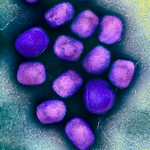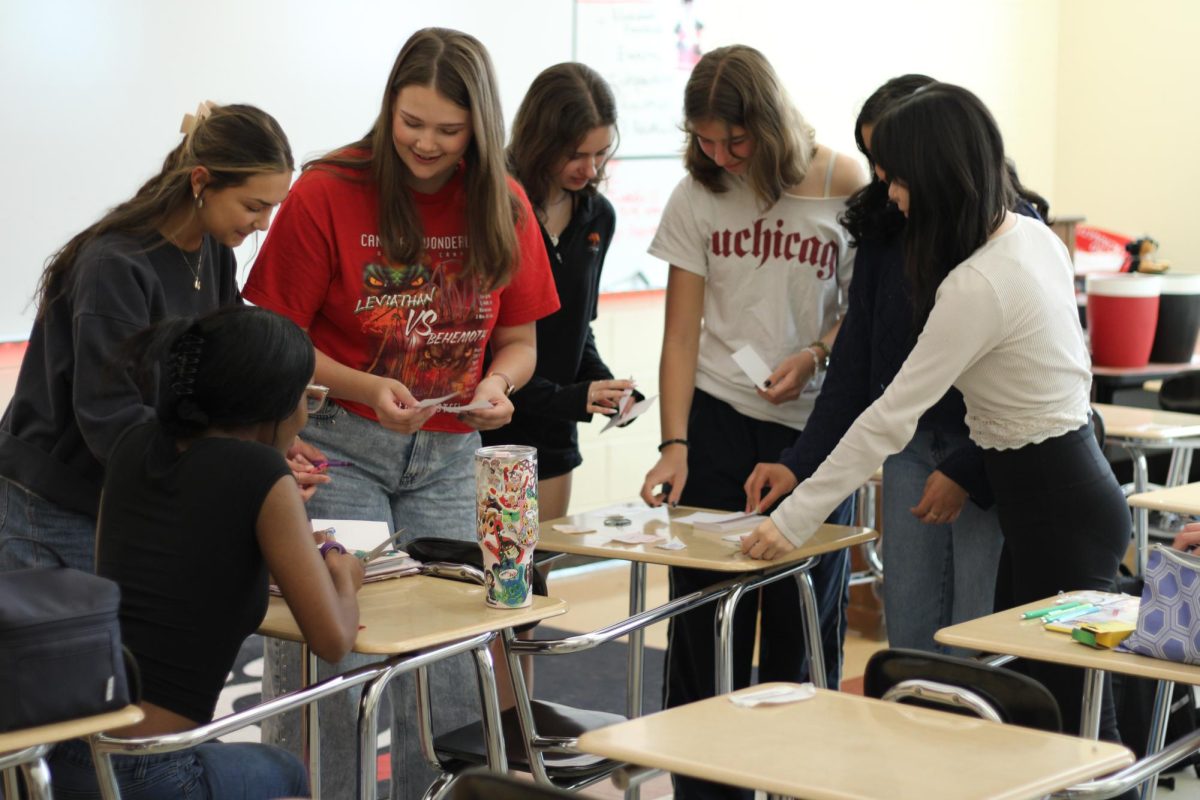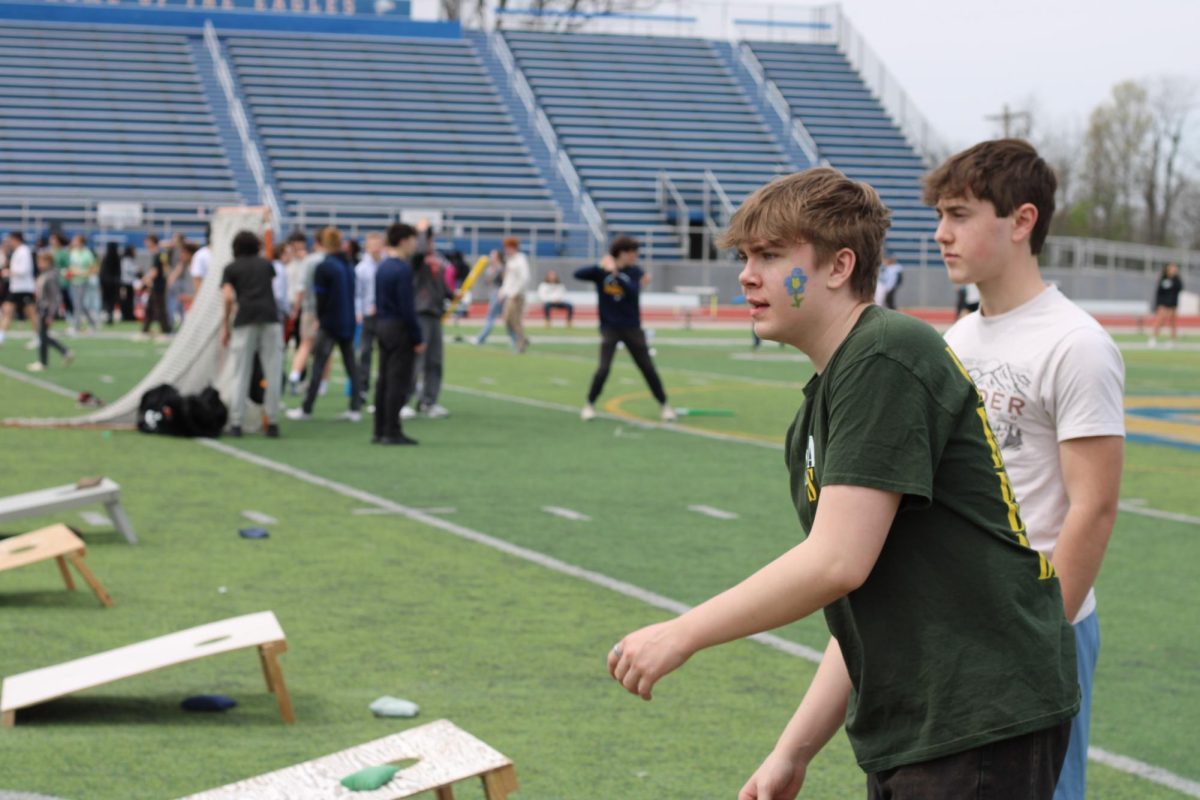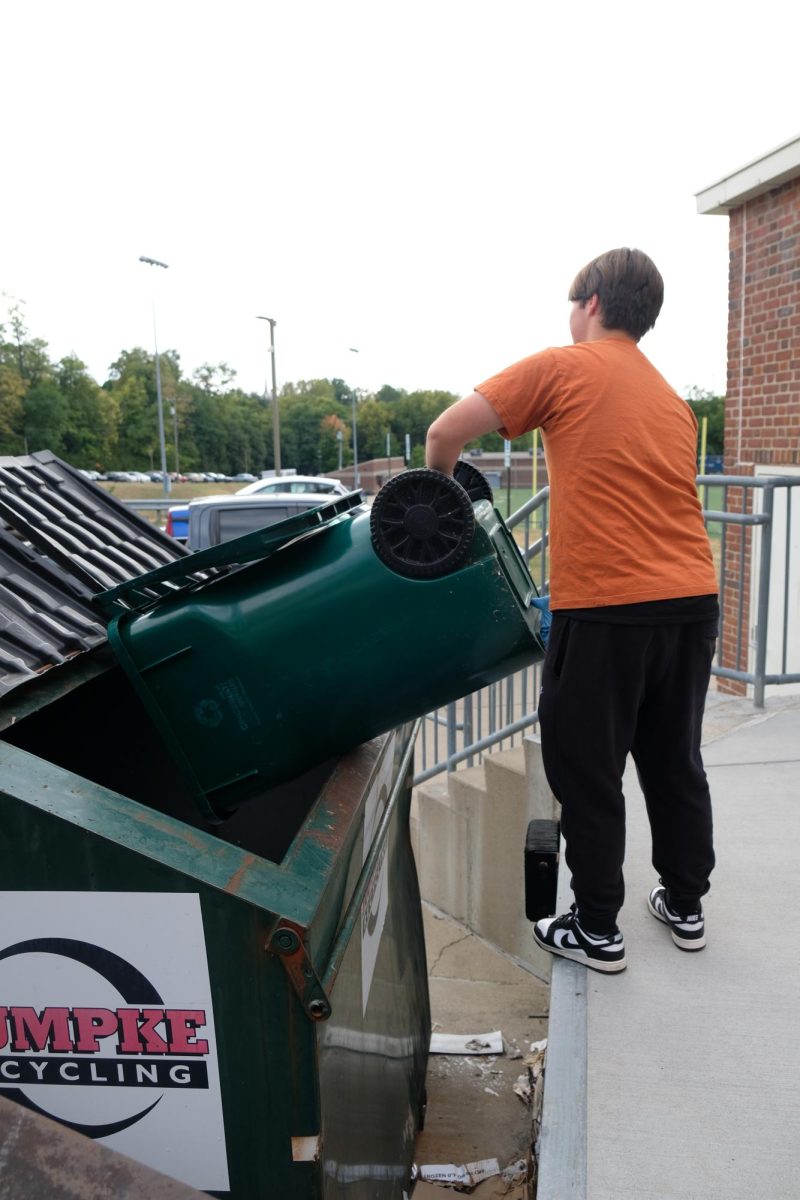Q&A:
How to prevent spread of Monkeypox

Used with permission from usa.gov
Image of Monkeypox virus structure under electron microscope.
November 18, 2022
Monkeypox has hit all 50 states, as cases continue to rise, and deaths start to occur. Most deaths occurred near central Africa, with some scattered throughout North and South America. Recently, some schools began taking precautions against the viral disease. “At this time, the risk of monkeypox to children and adolescents in the United States is low. Monkeypox virus can infect anyone – including children – if they have close, personal, often skin-to-skin contact with someone who has monkeypox,” the CDC stated.
Monkeypox became prominent in May 2022. Now that people are starting to catch Monkeypox, here’s a list of some things that you can do in order to stay healthy or recover:
I have a rash, do I need to be tested?
Common effects of Monkeypox include fevers and rashes. You should consult your doctor and keep an eye on these symptoms. Try to remember if you went anywhere where disease is easily transmitted (e.g.,public areas, airports, restaurants) , or if you came into contact with a Monkeypox host. If you or someone else has a rash, you must do full body checks every day to check for new rashes, as well as checking their/your temperature daily. Children are known to contract hand, foot and mouth disease as a byproduct of Monkeypox. Make sure to check for sores and ulcers, in addition to rashes and a high temperature. If contracted, children cannot go to school during a four week isolation period. If you or a child develops symptoms at home, contact your local healthcare department. Adults must refrain from intimate contact until the condition has been resolved.
Do school staff and students need the Monkeypox vaccine?
There are Monkeypox vaccines for people of all ages, from senior citizens to infants. However, the CDC recommends the vaccine for only three main groups of people: people diagnosed with Monkeypox, people in contact with Monkeypox and people exposed to Monkeypox hosts. There is no need for widespread vaccination at this time.
How long do I need to isolate?
Monkeypox usually causes rashes with lesions that scab over and heal. This can take up to a month, so the CDC recommends waiting for all scabs to heal before returning to work or school. However, students that have been in contact with a Monkeypox host are able to continue school and school-related activities, unless they contract Monkeypox themselves.
How are schools and daycares staying safe?
Most of the COVID-19 protocols also help with preventing the spread of Monkeypox. However, in addition to those, you must also isolate infected students from other children, or students that have been in contact with someone who has Monkeypox. Schools should track these students for 21 days to monitor symptoms.
I have Monkeypox and can’t isolate from my family. What should I do?
If you cannot be isolated from others, you should follow certain precautions. You must hide rashes with bandages or clothing. Monkeypox can transmit from skin contact, but also from small droplets of water. Children under 2 must wear a fitting mask or use a respirator, while in contact with their caregiver. “It is also important to discuss vaccination for exposed children with the health department,” the CDC said. “A vaccine is available that can help prevent monkeypox in people who have been exposed if it is given soon after exposure.”
What ages should be vaccinated?
Though the CDC has vaccines for those as young infants, they only recommend Monkeypox vaccination to ages 26 and above.
How many cases are there at this time?
As of this time, there are ~27,000 cases in the U.S. and ~75,000 cases worldwide. Monkeypox death rate is very low, with only around ~26 deaths worldwide, 4 from the U.S.
Even though cases are dropping and Monkeypox is starting to recede, it’s still good to follow CDC guidelines so that the number of cases and deaths don’t increase.






